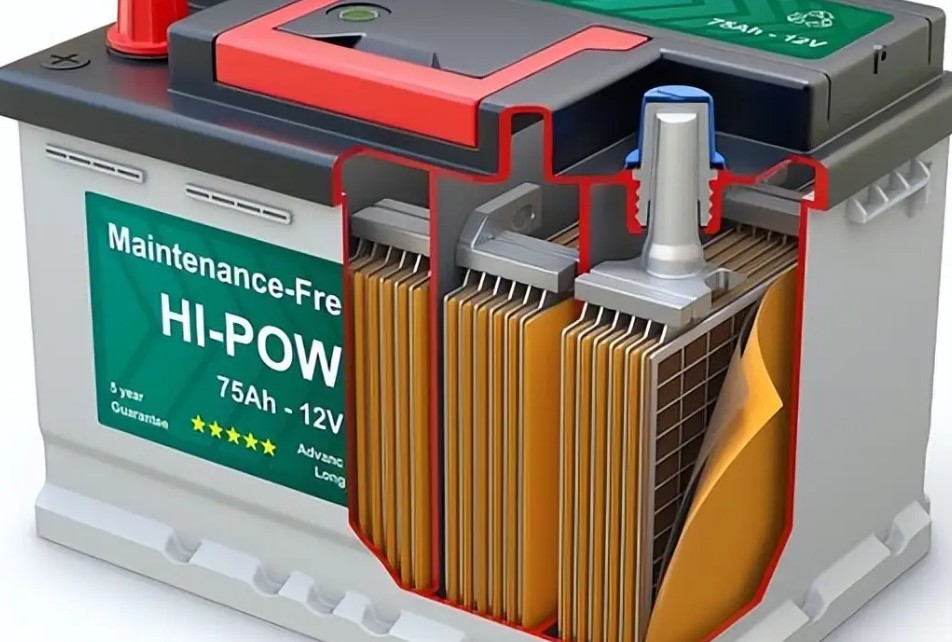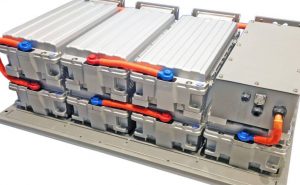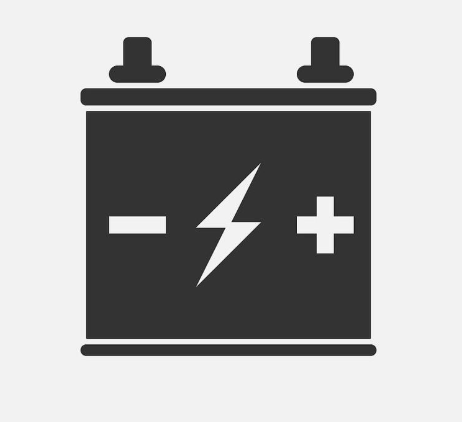12V batería de plomo-ácido vs. Batería de litio: Diferencias clave, Aplicaciones, y comparaciones de rendimiento
When choosing between a 12V ácido de plomo batería and a 12V lithium battery, Se deben considerar muchos factores, incluyendo escenarios de aplicación, actuación, esperanza de vida, y costo. Aquí, Exploraremos las diferencias clave entre estos dos tipos de baterías., Compare sus ventajas y desventajas, y analizar sus aplicaciones prácticas.
1. Diferencias de aplicación: ¿Por qué se usan en diferentes escenarios??
Although both lead-acid and lithium batteries provide 12V power, they serve different industries due to their unique characteristics.
🔹 Lead-Acid Battery Applications:
- Automotor (Starter Battery): Lead-acid batteries provide a high surge current, making them ideal for internal combustion engine vehicles (coches, camiones, and motorcycles).
- Unión Postal Universal (Uninterruptible Power Supply): Used for emergency backup power in data centers and hospitals.
- Renewable Energy Storage: Employed in solar energy storage systems, though lithium is increasingly replacing it.
- Industrial and Heavy Equipment: Forklifts, golf carts, and construction vehicles often use lead-acid batteries due to their reliability and cost-effectiveness.
✅ Example: El DIN40 lead-acid battery (12V, 40Ahorcado) is widely used in small cars due to its affordability and ability to provide high cold-cranking amperage (CCA 380A).
🔹 Lithium Battery Applications:
- Electric Vehicles (EVs) & Hybrid Cars: Tesla, BYD, and other EV brands rely on lithium-ion batteries due to their high energy density and long lifespan.
- Portable Electronics: Smartphones, laptops, and drones require lithium-ion batteries for lightweight, high-efficiency energy storage.
- Marina & RV Batteries: Lithium batteries are preferred in boats and RVs due to their long lifespan and fast charging.
- High-Performance Solar Storage: Baterías de litio (like LiFePO4) dominate off-grid solar energy systems due to higher efficiency and cycle life.
✅ Example: Tesla’s Modelo 3 battery pack uses Lithium Iron Phosphate (LiFePO4) technology, offering over 3000 charge cycles compared to 300-500 ciclos for lead-acid batteries.
🔍 Why Different Applications?
- Weight Sensitivity: Lithium batteries are 60-70% lighter than lead-acid, making them ideal for mobile and weight-sensitive applications.
- Esperanza de vida & Charging Speed: Lithium batteries last longer (up to 5000 ciclos) and charge much faster than lead-acid.
- Initial Cost Considerations: Lead-acid batteries are cheaper upfront, which is why they are still widely used in budget-sensitive applications.
2. Technical Comparisons: Tamaño, Peso, Esperanza de vida, and Cost
| Característica | 12V Lead-Acid Battery | 12V Lithium Battery |
|---|---|---|
| Peso | 10-30kg (P.EJ., DIN40 is 10.65kg) | 3-6kg (Lithium is 60-70% lighter) |
| Densidad de energía | 30-50 Wh/kg | 150-200 Wh/kg (3-5× more) |
| Vida en bicicleta | 300-500 ciclos | 2000-5000 ciclos |
| Charging Time | 6-12 hours | 1-4 hours (Fast charging supported) |
| Tasa de autolargo | ~5% per month | ~2% per month |
| Voltage Stability | Voltage drops over discharge | More stable voltage |
| Mantenimiento | Requires periodic water refilling (for flooded types) | Sin mantenimiento |
| Temperature Sensitivity | Works well in extreme cold | Struggles in sub-zero conditions without heating |
| Precio (12V 40Ah) | $50-$100 | $150-$300 (2-3× more expensive) |
📊 Data Sources:
- Tesla Battery Study (Tesla, Inc.)
- Universidad de la batería (Cadex Electronics)
- US Department of Energy (DOE) Research on Energy Storage
3. Pros & Contras: Which One Is Better?
Both battery types have strengths and weaknesses depending on usage needs.
✅ Lead-Acid Battery Advantages:
✔️ Lower Initial Cost – Lead-acid is 2-3× cheaper than lithium.
✔️ Reliable for High Power Surges – Provides strong cranking power for car engines.
✔️ Performs Well in Cold Weather – Unlike lithium, lead-acid maintains performance in sub-zero temperatures.
✔️ Recyclability – Over 95% of lead-acid batteries are recyclable.
❌ Lead-Acid Battery Disadvantages:
❌ Heavy and Bulky – A 12V 40Ah lead-acid battery weighs over 10kg, while a lithium equivalent is only 4-5kg.
❌ Shorter Lifespan – Lasts 300-500 ciclos, meaning more frequent replacements.
❌ Slow Charging – Takes 6-12 hours compared to lithium’s 1-4 hours.
❌ High Self-Discharge – Loses charge faster during storage.
✅ Lithium Battery Advantages:
✔️ High Energy Density – 3-5× more energy per kg than lead-acid.
✔️ Long Lifespan – Up to 5000 ciclos, reducing replacement costs.
✔️ Fast Charging – Charges 3× faster than lead-acid.
✔️ Lightweight – 60-70% lighter, ideal for EVs and portable devices.
✔️ Stable Voltage – Provides consistent power output throughout discharge.
❌ Lithium Battery Disadvantages:
❌ Expensive – 2-3× more expensive than lead-acid.
❌ Poor Performance in Cold Weather – Below -20°C, lithium requires a battery management system (Bms) to prevent freezing.
❌ Requires BMS – A Battery Management System is necessary for protection against overcharging and deep discharge.
4. Price Difference Analysis
💰 Cost Comparison: 12V 40Ah Battery
- Ácido de plomo (DIN40): $50-$100
- Litio (LiFePO4 12V 40Ah): $150-$300
💰 Total Cost Over 5 Años
- Lead-acid: Needs replacement every 2-3 años, costing $150-$300 over 5 años.
- Litio: Lasts 8-10 años, meaning one battery could last a decade, making it cheaper in the long run despite a higher upfront cost.
5. Are There Any Universal Applications?
Sí! Some applications can use either lead-acid or lithium batteries, depending on the user’s budget and performance needs.
🔹 Almacenamiento de energía solar
- Budget Systems → Lead-Acid (cheaper but lower efficiency)
- High-Performance Systems → Lithium (better lifespan & efficiency)
🔹 Potencia de respaldo (Unión Postal Universal, RVS, Boats, Camping Power Stations)
- Occasional Use → Lead-Acid
- Frequent Use → Lithium (better charge retention & Vida en bicicleta)
🔹 Motocicletas & Small Vehicles
- Standard Bikes → Lead-Acid
- Performance Bikes & EVs → Lithium (weight savings & fast recharge)
Which One Should You Choose?
🚗 Choose Lead-Acid if you need a cheap, confiable, y cold-weather-resistant power source for coches, Unión Postal Universal, or industrial use.
⚡ Choose Lithium if you need a lightweight, fast-charging, and long-lasting battery for EVs, solar storage, and high-performance applications.
While lithium batteries are the future, lead-acid batteries still dominate in automotive and budget-sensitive applications. Your choice should depend on cost, weight sensitivity, and lifespan requirements.
What’s your experience with lead-acid vs. lithium batteries? Let us know in the comments!


















